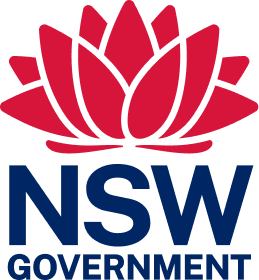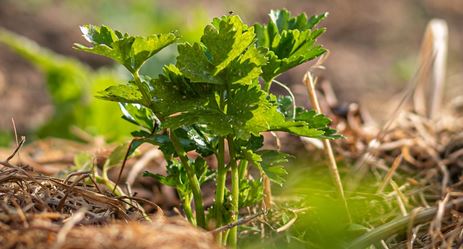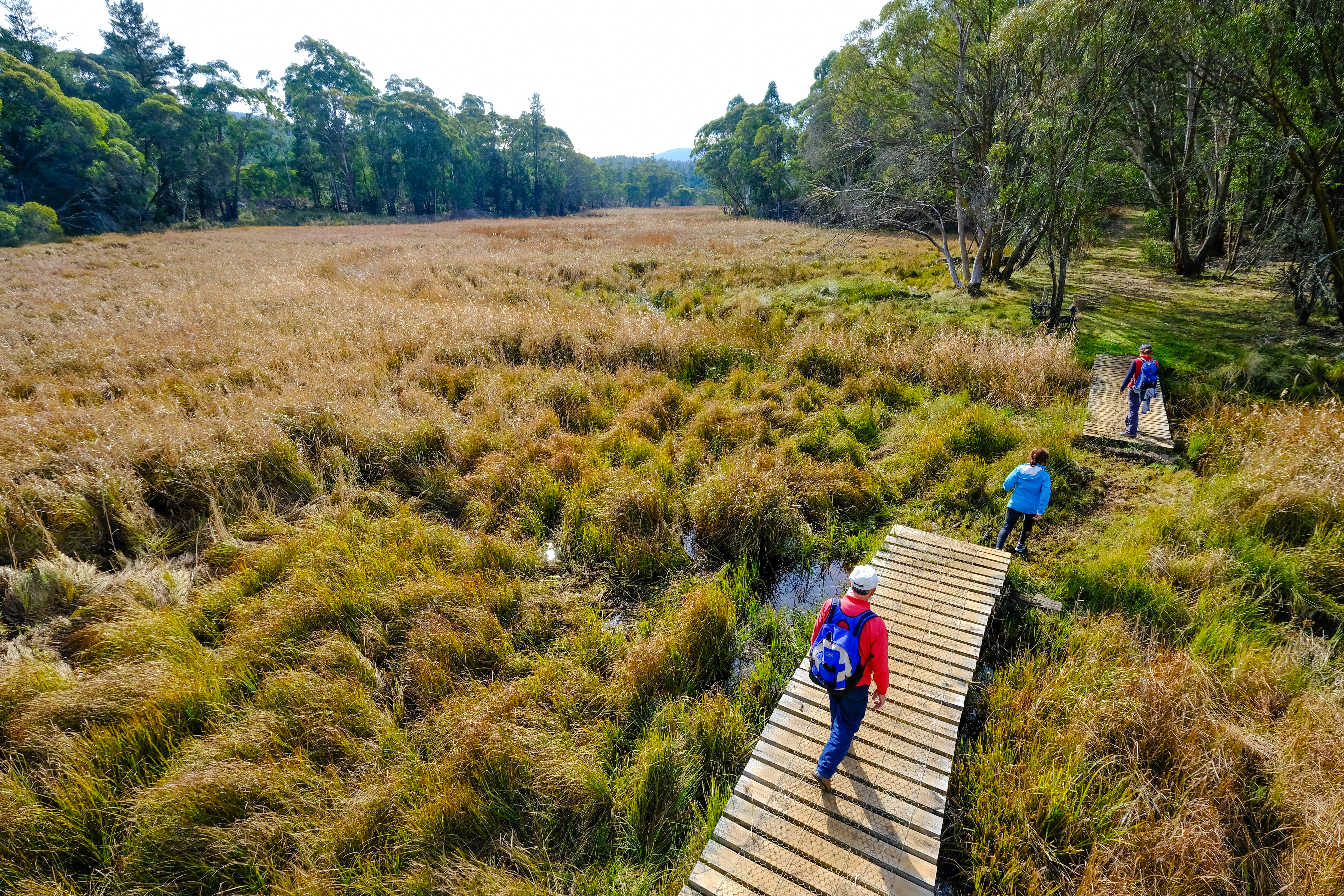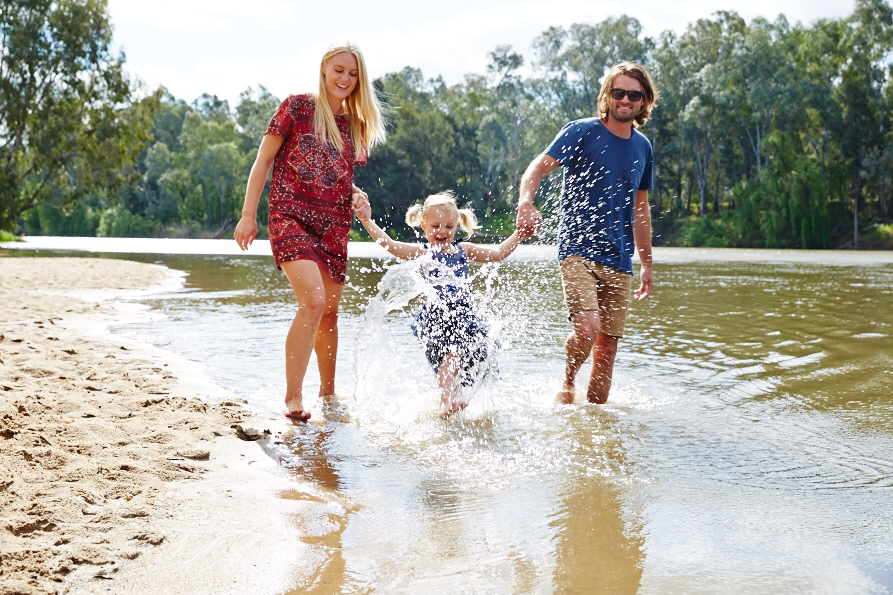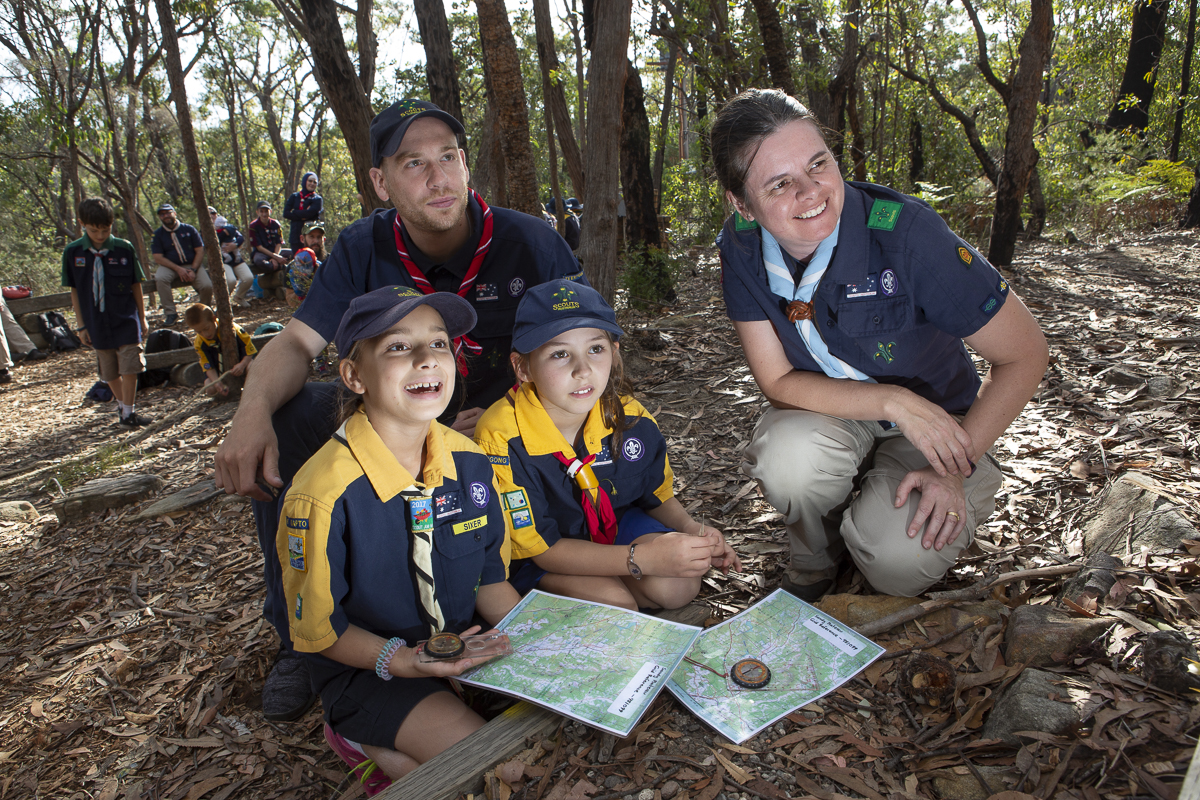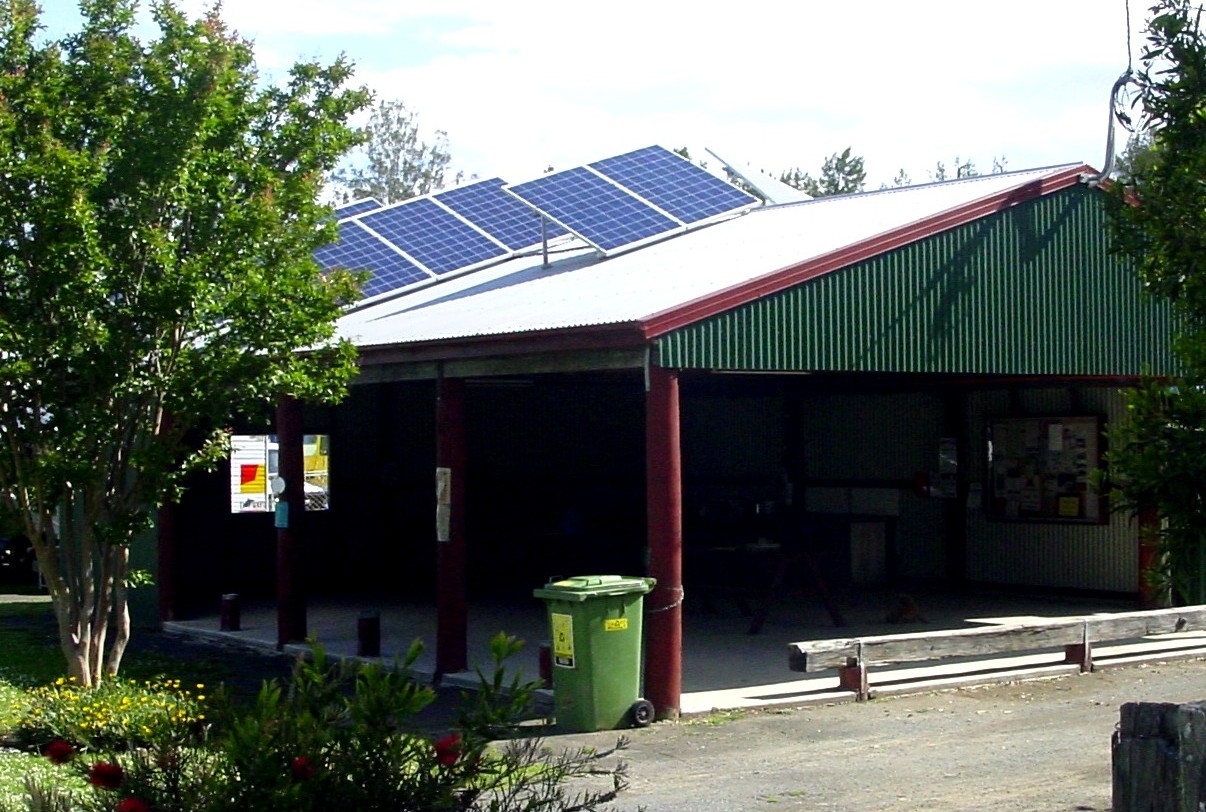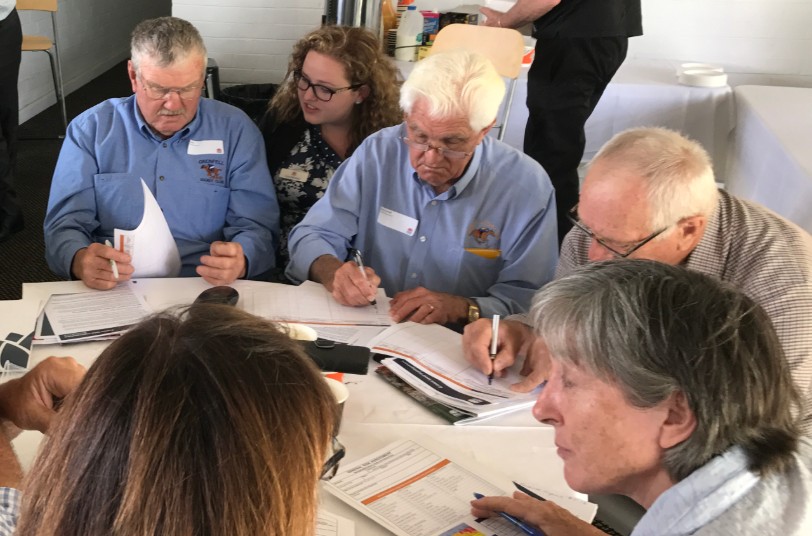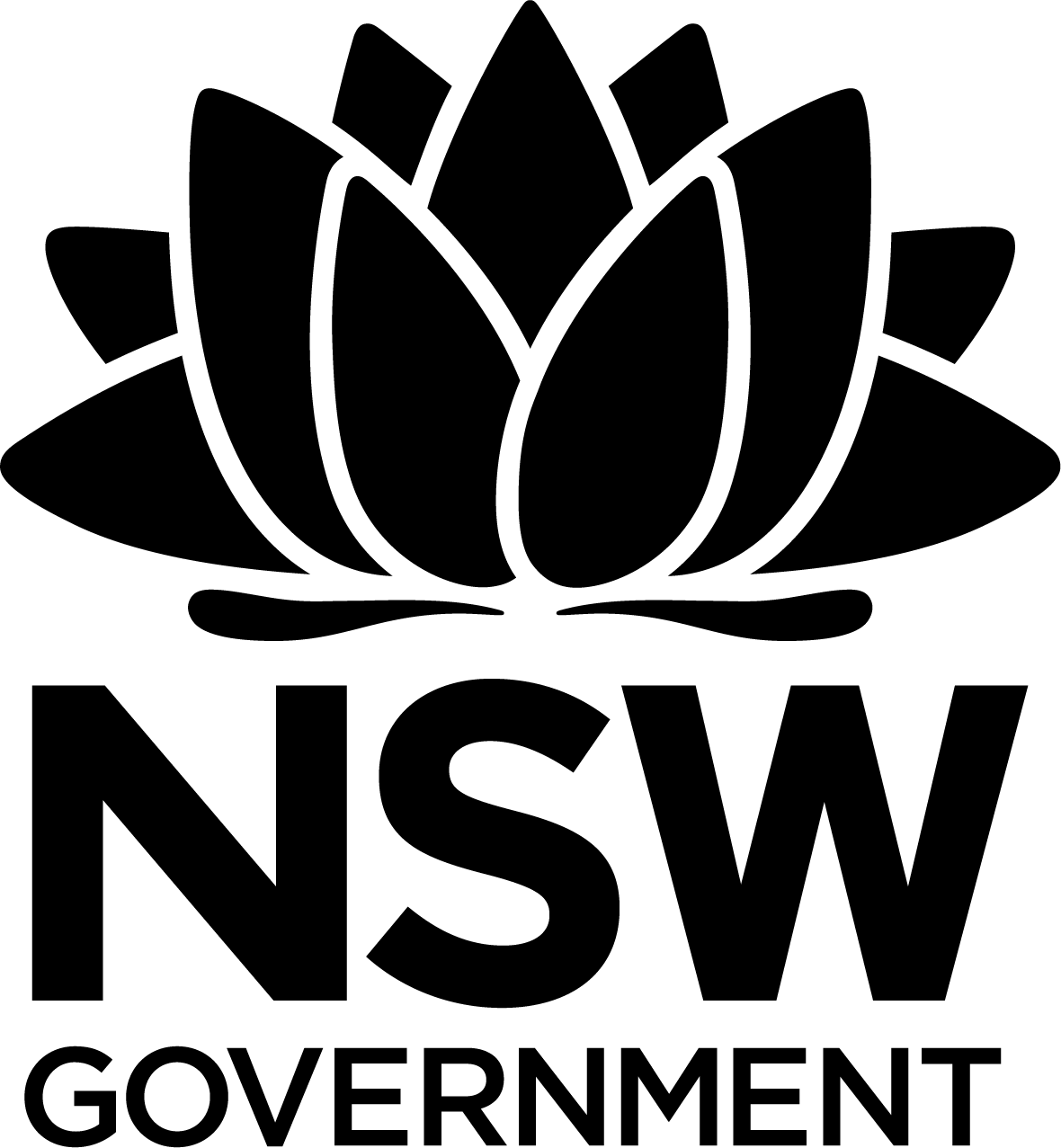
Crown land manager resource
Legislation
Current legislation governing Crown lands in NSW came into force on 1 July 2018.
Crown Land Management Act 2016
Crown land is governed by the Crown Land Management Act 2016 (CLM Act). It provides a framework for the NSW Government, local councils and members of the community to work together to provide care, control and management over Crown reserves.
Crown Land Management Regulation 2018
The Crown Land Management Regulation 2018 explains how parts of the CLM Act are carried out, giving Crown land managers, tenure holders and users clarity and certainty.
The Regulation covers a range of operational matters relevant to CLMs including:
- the protection of Crown land—including activities prohibited and penalty notice offences on Crown land
- the management of Crown land—including the requirements of non-council CLMs
- information on activities, dealings and holdings.
This legislation ensures that Crown reserves are responsibly managed and that natural resources such as water, flora and fauna and scenic beauty are conserved, while still encouraging public use and enjoyment of the land.
Minister
The Minister responsible for Crown lands is the The Hon. Stephen Kamper MP, Minister for Small Business, Minister for Lands and Property, Minister for Multiculturalism, and Minister for Sport.
The Minister is responsible for all reserved and dedicated Crown land when there is no Crown land manager appointed, and can also be responsible for the affairs and reserves of a statutory land manager.
Crown land management rules
Under the CLM Act (section 3.15), the minister may make rules (Crown land management rules) for the management of Crown reserves by Crown land managers. A rule can apply to all CLMs (both council and non-council), to a category of CLM or a specific CLM.
Current gazetted rules:
| CLMR 18/01 | Granting leases and licences for communication infrastructure-related purposes on Crown land The NSW Government provides access to Crown land to public and private organisations to install communications infrastructure and equipment. The department has been directly licensing the communications industry to occupy Crown land, including Crown land managed by third parties such as local government and community organisations. This rule confirms the continuation of that policy under the Crown Land Management Act 2016. |
| CLMR 18/02 | Payment of proceeds from the operation of Crown caravan parks to the Crown Reserves Improvement Fund Some of the revenue generated from the operation of Crown caravan parks has contributed to supporting the development, maintenance and improvement of Crown reserves. This rule ensures the continuation of that policy under the CLM Act. |
Changes to Crown lands management and transition to new legislation
The CLM Act came into effect 1 July 2018, and improves the governance of Crown reserves while continuing to strengthen community involvement.
Reserve trust managers automatically transitioned from the previous legislation so that they continue to have the care, control and management responsibility for their Crown reserves under the CLM Act. They are now known as Crown land managers.
All existing assets, liabilities, tenures and contracts of the reserve trust automatically transitioned to the Crown land manager.
To recognise the diverse capacity and capability of current managers, non-council Crown land managers are categorised as either Category 1 or Category 2.
Transition guides
The department has produced transition guides to support Crown land managers.
Boards and administrators
- Former reserve trusts entities will now be known as statutory land managers under the CLM Act.
- The statutory land manager is the same legal entity as the former reserve trust.
- The legal name of the reserve trust has changed from ‘XYZ Trust’ to ‘XYZ Land Manager’.
- Former trustees have all been automatically appointed to the board of the new statutory land manager.
- Boards appointed under the new legislation have a maximum of seven members including ex-officio appointments.
- Existing boards exceeding seven members will remain valid until their current term expires.
Corporations (company or association)
To support the transition to the new regime for corporate entities managing Crown land, the abolition of reserve trusts will be delayed until 1 July 2020. This will give more time for corporate entities to make changes to their operations associated with reserve trusts.
- When the reserve trust is abolished, the appointed Crown reserves will be managed directly by the corporate entity (company or association).
- Revenue generated on Crown reserves continues to be only available to be expended on the Crown reserves under management.
- The Lands Administration Ministerial Corporation (Min Corp) continues under the CLM Act.
Schools of arts
Schools of arts, mechanics’ institutes and literary institutes are part of a statewide network of public halls that are managed by volunteers, not-for-profit organisations, and local councils, to service community needs.
Management options for schools of arts and other institutions have changed under the CLM Act. For more details refer to the department's website.
Councils
A Transition Guide to help local councils currently appointed to manage reserve trusts understand the changes for trusts and how to make any required corporate transition to the new arrangements.
Included in this document are:
- Understanding the changes: an overview of the transition changes and requirements for managers
- Transition checklist: a step-by-step checklist with supporting templates to help managers implement the transition activities. The checklist is provided as a guidance tool only and is not compulsory.
Crown land objects and principles
Objects
The objects of the CLM Act outline the basic intent of the Crown lands legislation. The objects apply to all aspects of decision-making around the management and use of Crown land, including every dealing and activity.
The CLM Act requires that all decision-makers use and apply the objects. Decision-makers include the minister, the department and Crown land managers.
The objects of the CLM Act are to:
- provide for the ownership, use and management of Crown land of NSW
- provide clarity concerning the law applicable to Crown land
- provide for the management of Crown land having regard to the principles of Crown land management
- provide for the consistent, efficient, fair and transparent management of Crown land for the benefit of the people of NSW
- require environmental, social, cultural heritage and economic considerations to be taken into account in decision-making about Crown land
- facilitate the use of Crown land by the Aboriginal people of NSW because of the spiritual, social, cultural and economic importance of land to Aboriginal people and, where appropriate, to enable the co-management of dedicated or reserved Crown land.
Principles of Crown land
This Crown land manager web resource was printed on 27 Jul 2024. The information contained in this web resource is based on knowledge and understanding at the time of writing Jul 2024. However, because of advances in knowledge, users are reminded of the need to ensure that the information upon which they rely is up to date and to check the currency of the information by referring to the website (www.reservemanager.nsw.gov.au).
© State of New South Wales through Department of Planning, Industry & Environment 2024.
Page link: https://reservemanager.crownland.nsw.gov.au/who-we-are/legislation
